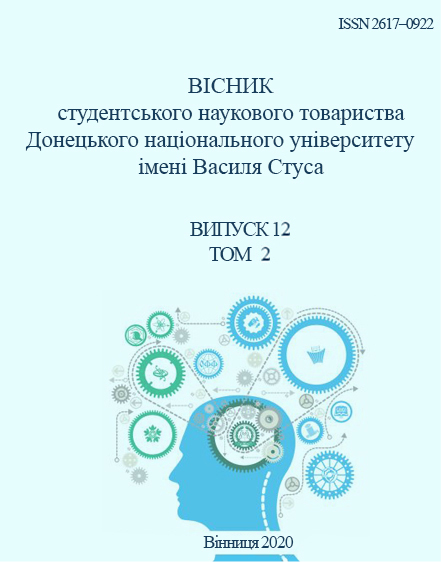Features of understanding of international relations by their contemporaries in the interwar period of 1919-1939
Keywords:
features of understanding; international relations; 1919–1939; contemporaries; politicsAbstract
The scientific works of Jan Smuts, Edward Carr, Arnold Wolfers, and Philip Kerr as researchers and contemporaries of international relations in 1919–1939 are analyzed in detail in the article. The author highlights the common and distinctive features of their understanding of the postwar world order, the role of the League of Nations and integration associations (“The United States of Europe”, “Pan-Europe”) in its formation, the importance of the First World War in human history and proved the use of the method drawing historical parallels in the process. The main research methods were historical-comparative, analytical-synthetic, and descriptive-narrative. As a result of the research, the author concluded that there is no unified system of views on the nature of international relations of the period among these researchers.
References
Carr E. H. Public Opinion As a Safeguard of Peace. International Affairs (Royal Institute of International Affairs 1931–1939). Vol. 15, No. 6. 1936. Pp. 846–862.
Smuts J. C. The British Empire and World Peace. Journal of the Royal Institute of International Affairs. Vol. 9. No. 2. 1930. Pp. 141–153.
Wolfers Arnold. Germany and Europe. Journal of the Royal Institute of International Affairs. Vol. 9. No. 1. 1930. Pp. 23–50.
Kerr Philip. The Political Situation in the United States. Journal of the British Institute of International Affairs. Vol. 2. No. 4. 1923. Pp. 135–148.
Карр Э. Г. «Что такое история?» Рассуждения о терии истории и роли историка. Алматы: Жеті жарғы, 1997. 208 c. (Фонд Сорос – Казахстан).
Jan Smuts: South African statesman. Encyclopædia Britannica. URL: https://www.britannica.com/ biography/Jan-Smuts/Role-in-World-War-I.
Simkin J. E. H. Carr. Spartacus Educational. 2020. URL: https://spartacus-educational.com/JcarrEH.htm.

